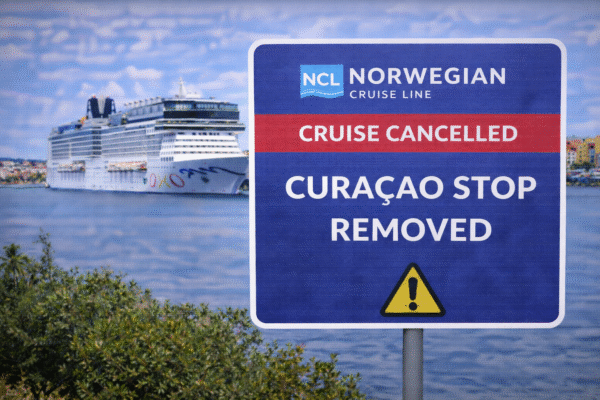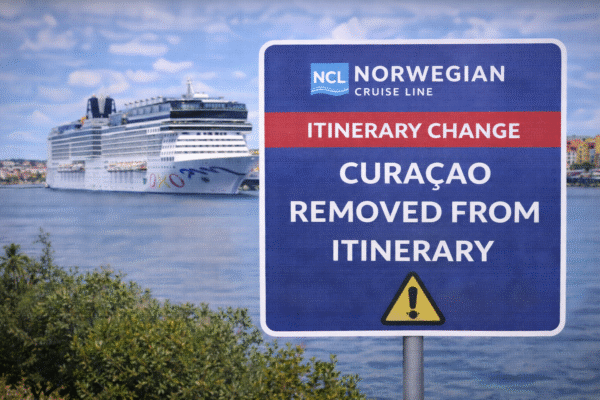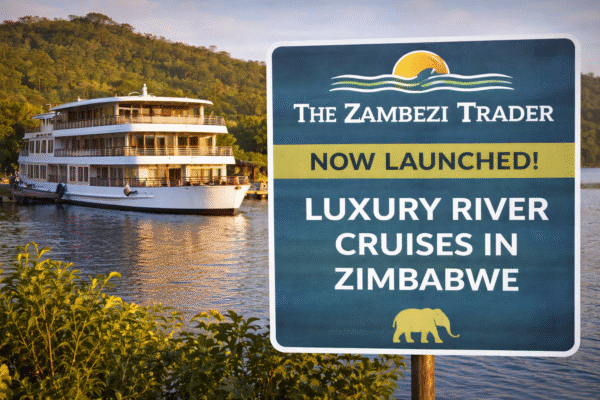The global tourism industry stands at a crossroads. As travelers increasingly demand authentic, low‑impact experiences, hotels, airlines, and tour operators are under pressure to adopt sustainable practices. Sustainable tourism is no longer a niche segment—it has become a core pillar of strategic planning and brand positioning. Yet while lofty pledges abound, translating high‑level sustainability goals into tangible on‑the‑ground results remains a formidable challenge. This article explores the journey from ambition to reality in sustainable travel.
Setting Ambitious Goals
Industry leaders and global bodies have set bold targets to reduce carbon footprints and protect natural assets. The United Nations World Tourism Organization (UNWTO) calls for a 50 percent reduction in greenhouse gas emissions by 2030, while major hotel chains pledge net‑zero operations by 2050. Airlines are investing in sustainable aviation fuels and efficient fleet upgrades. These ambitions create a roadmap for progress, yet require cohesive action across the supply chain to become reality.
Certification and Standards
To guide implementation, certified frameworks such as the Global Sustainable Tourism Council (GSTC), EarthCheck, and Green Key set performance criteria for accommodations, attractions, and destinations. Certifications assess energy consumption, waste management, water conservation, and community engagement. By aligning with these standards, travel businesses can benchmark their progress and demonstrate credibility to eco‑aware travelers. However, the cost and complexity of certification can deter small operators in emerging markets.
The Business Case for Sustainability
Embracing sustainable tourism yields measurable benefits beyond environmental stewardship. Eco-friendly practices can lower operating costs through energy efficiency and waste reduction, enhance brand reputation among socially conscious guests, and open new revenue streams such as carbon‑neutral tours. Surveys indicate that a growing segment of travelers is willing to pay premiums for green credentials. Despite these incentives, quantifying return on investment and securing upfront capital can stall progress.
Bridging the Reality Gap
Despite clear objectives, on-the-ground realities often fall short. Infrastructure gaps in remote destinations hinder access to renewable energy and waste management systems. Seasonal demand fluctuations make resource planning unpredictable. Greenwashing risks erode consumer confidence when marketing messages outpace tangible results. Moreover, regulatory frameworks vary widely across regions, complicating efforts for standardized reporting and cross‑border collaboration.
Learning from Costa Rica
Costa Rica has become a poster child for sustainable tourism. The nation’s Certification for Sustainable Tourism program rewards lodges and tour operators that meet rigorous standards. Revenues from ecotourism fund conservation efforts and support local communities, driving economic development in rural areas. By integrating environmental protection with visitor services, Costa Rica demonstrates that sustainable tourism can be both profitable and restorative when supported by government incentives and public‑private partnerships.
Inspiring Eco-Destinations in Europe
In Europe, destinations such as Fjord Norway and the Azores lead with low-impact travel options. Norway’s Scenic Routes project emphasizes eco-friendly infrastructure and interpretive centers powered by clean energy. The Azores deploys geothermal heating and waste‑to‑energy facilities, reducing its reliance on imported fuels. These regional initiatives prove that collaboration among local authorities, tourism boards, and private stakeholders can drive transformative sustainability outcomes.
Innovation and Technology
Digital tools are accelerating progress toward sustainable tourism. Carbon calculators enable guests to track and offset their emissions, while blockchain platforms enhance transparency in supply chain sourcing for farm‑to‑table dining experiences. Smart systems optimize water usage and energy conservation in hotels. Mobile apps connect travelers with community‑based experiences that distribute economic benefits more equitably. By harnessing innovation, the industry can move from pilot projects to scalable solutions.
Community-Driven Impact
True sustainability in tourism hinges on community engagement. Empowering local entrepreneurs to develop homestays, guided cultural tours, and artisan workshops preserves traditions while generating income. Revenue-sharing models ensure that benefits trickle down to grassroots levels, reducing rural outmigration. When host communities are active stakeholders, they safeguard natural resources and cultural heritage—cornerstones of authentic travel experiences that resonate with modern explorers.
Collaborative Frameworks
The complexity of sustainable tourism demands cross-sector partnerships. Destination management organizations, NGOs, investors, and governments must align incentives and data sharing. Collaborative platforms facilitate the exchange of best practices, pooled financing for green infrastructure, and joint marketing campaigns that elevate eco-conscious offerings. By breaking down silos, the travel industry can accelerate progress and ensure that sustainability efforts are coherent rather than fragmented.
The Path Forward
Achieving sustainable tourism goals requires measurable targets, transparent reporting, and continuous stakeholder engagement. Businesses should adopt science-based reduction plans, embrace circular economy principles, and leverage digital monitoring tools. Travelers can contribute by making mindful choices—selecting certified accommodations, supporting community enterprises, and offsetting carbon footprints. By closing the gap between aspirational pledges and operational realities, the travel industry can chart a more resilient, responsible, and regenerative future.
Together, through shared commitment and innovative action, the future of travel can be both prosperous and sustainable.
Read more interesting blogs, follow Global Travel Wire.



















